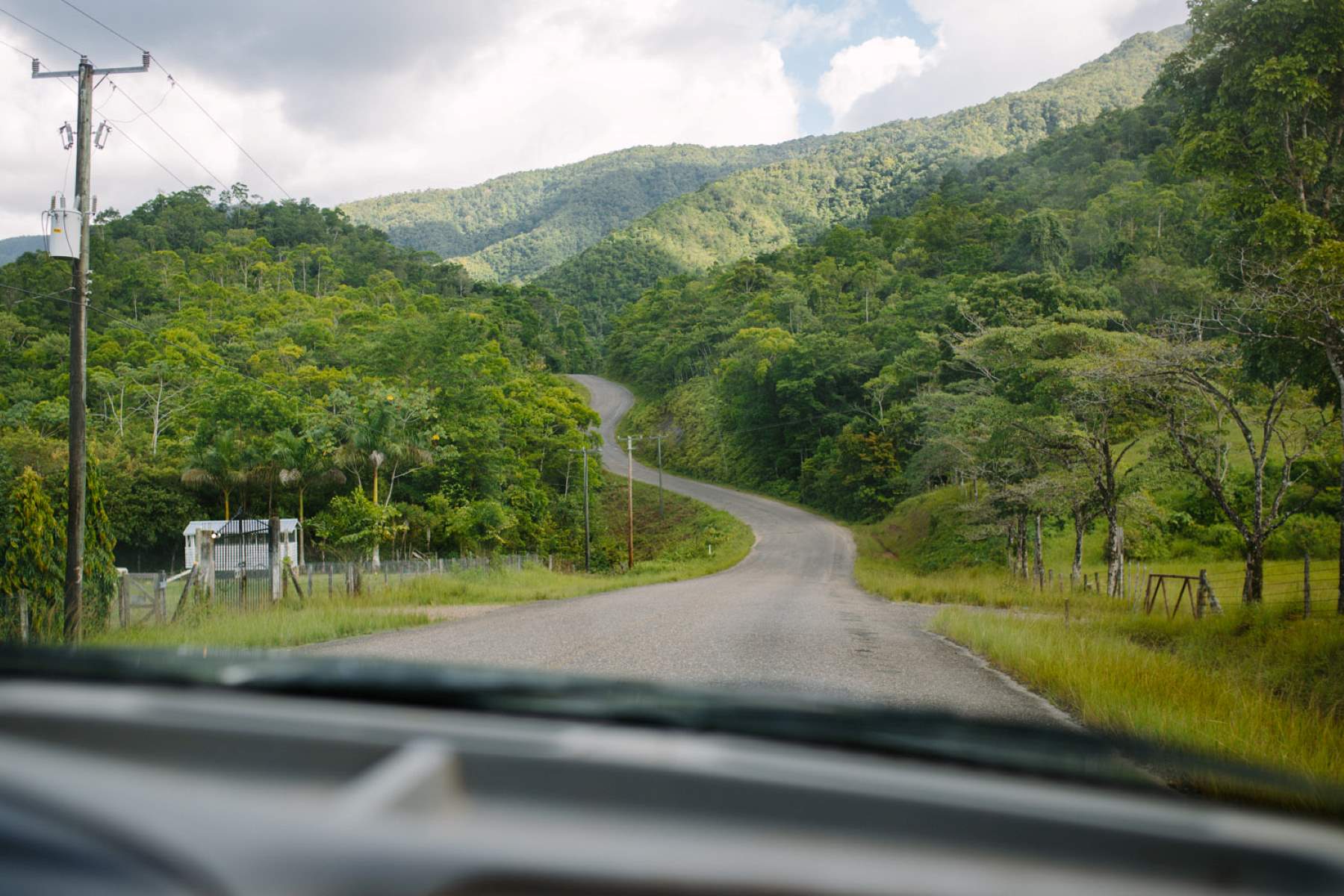Secret Hummingbird Highways In The Nectar Network

Have you ever wondered how hummingbirds find their way from flower to flower? These tiny birds follow secret paths known as hummingbird highways. These routes are like invisible roads in the sky, guiding them to the best nectar sources. Hummingbirds have an amazing memory, allowing them to remember where the best flowers are. They also rely on landmarks like trees, rivers, and mountains to navigate. By understanding these highways, you can create a garden that attracts more hummingbirds. Planting the right flowers and providing feeders can turn your backyard into a bustling stop on their journey. Ready to learn more about these fascinating creatures? Let's dive in!
Secret Hummingbird Highways in the Nectar Network
Hummingbirds are nature's tiny marvels, zipping through gardens and forests with incredible speed. Their journeys are not random; they follow specific routes, often referred to as "nectar highways." These paths are rich in flowers and feeders, providing essential fuel for their high-energy lifestyles. Let's explore some of these secret hummingbird highways.
1. Pacific Flyway
The Pacific Flyway stretches along the western coast of North America. This route is a vital corridor for many migratory birds, including hummingbirds.
- California Coast: From San Diego to San Francisco, the coastal regions are dotted with gardens and parks filled with nectar-rich flowers.
- Oregon's Willamette Valley: Known for its lush landscapes, this valley offers a perfect pitstop for hummingbirds.
- British Columbia: The temperate rainforests here provide an abundance of food sources for these tiny travelers.
2. Rocky Mountain Route
The Rocky Mountains offer a unique pathway for hummingbirds, with diverse habitats ranging from alpine meadows to dense forests.
- Colorado's Front Range: This area is a hotspot for hummingbird activity, especially during the summer months.
- Montana's Glacier National Park: The park's wildflower meadows are a favorite feeding ground.
- New Mexico's Sangre de Cristo Mountains: These mountains are known for their rich biodiversity, making them an ideal stopover.
3. Gulf Coast Pathway
The Gulf Coast provides a warm, flower-filled route for hummingbirds, especially during their spring and fall migrations.
- Texas Hill Country: This region is famous for its wildflowers, attracting numerous hummingbirds.
- Louisiana's Bayous: The wetlands and gardens here offer plenty of nectar sources.
- Florida's Panhandle: The coastal areas are rich in flowering plants, making them a key stop on the migration route.
4. Eastern Flyway
The Eastern Flyway is another crucial route, stretching from the southern United States up to Canada.
- Appalachian Mountains: These mountains provide a continuous stretch of suitable habitats.
- Great Smoky Mountains: Known for their biodiversity, these mountains are a hummingbird haven.
- New York's Hudson Valley: The valley's gardens and parks are perfect feeding spots.
5. Central American Corridor
Many hummingbirds travel through Central America, where tropical climates ensure a year-round supply of nectar.
- Costa Rica's Cloud Forests: These forests are teeming with flowers and insects, providing ample food.
- Panama's Rainforests: The dense vegetation here is a paradise for hummingbirds.
- Belize's Coastal Areas: The coastal regions are rich in flowering plants, making them ideal for feeding.
6. Caribbean Islands
The Caribbean islands offer a unique route for hummingbirds, with their tropical climates and abundant flora.
- Cuba's Zapata Swamp: This swamp is home to a variety of flowering plants.
- Jamaica's Blue Mountains: The mountains are rich in biodiversity, providing plenty of nectar sources.
- Puerto Rico's El Yunque National Forest: This tropical rainforest is a hummingbird hotspot.
7. South American Pathways
South America is home to many hummingbird species, and its diverse ecosystems provide numerous nectar highways.
- Ecuador's Andes Mountains: The high-altitude regions are filled with flowering plants.
- Brazil's Atlantic Forest: This forest is one of the most biodiverse areas in the world, offering plenty of food.
- Peru's Amazon Basin: The dense rainforest is a paradise for hummingbirds, with countless nectar sources.
The Magic of Hummingbird Highways
Hummingbird highways are more than just paths for these tiny birds. They are vital for the ecosystem, helping with pollination and supporting biodiversity. By planting nectar-rich flowers and creating safe spaces, you can help maintain these important routes. Watching hummingbirds zip through your garden is a joy, but knowing you’re aiding their survival makes it even better.
Next time you see a hummingbird, remember the journey it took and the role you can play in its life. Simple actions like avoiding pesticides and providing fresh water can make a big difference. These small birds rely on us as much as we enjoy their presence. Let’s keep their highways open and thriving.

